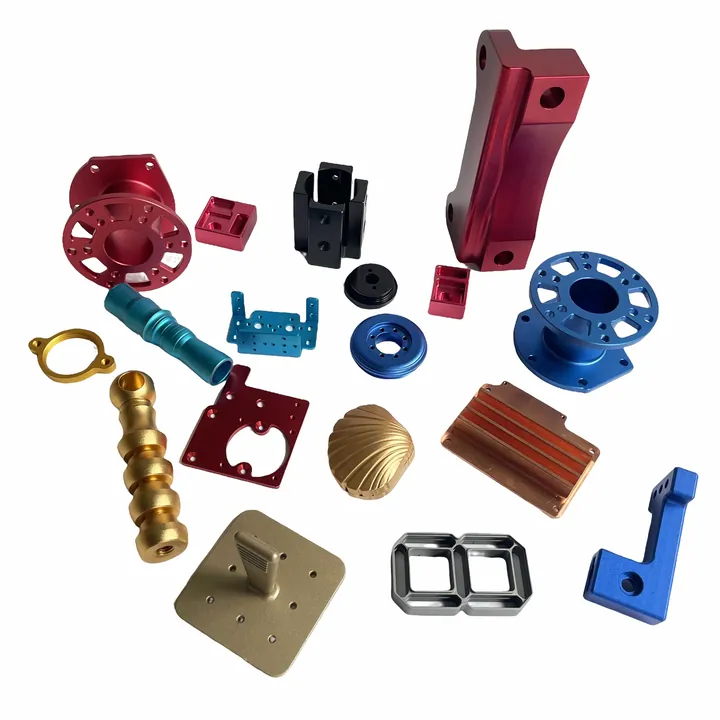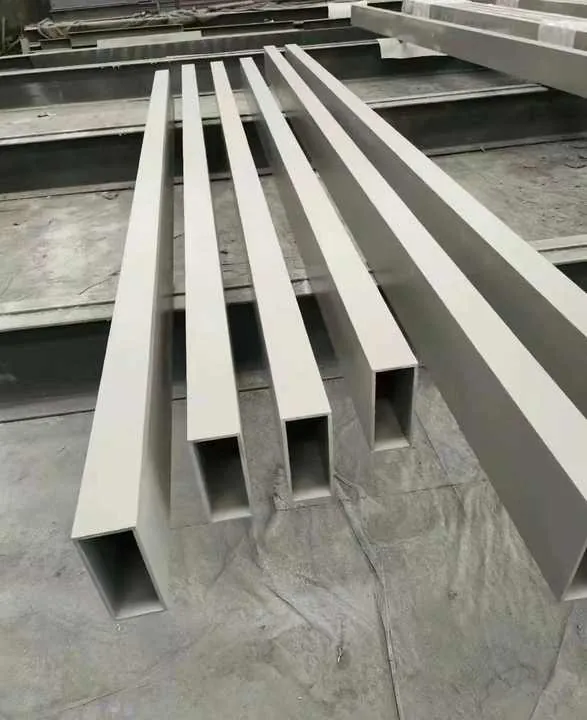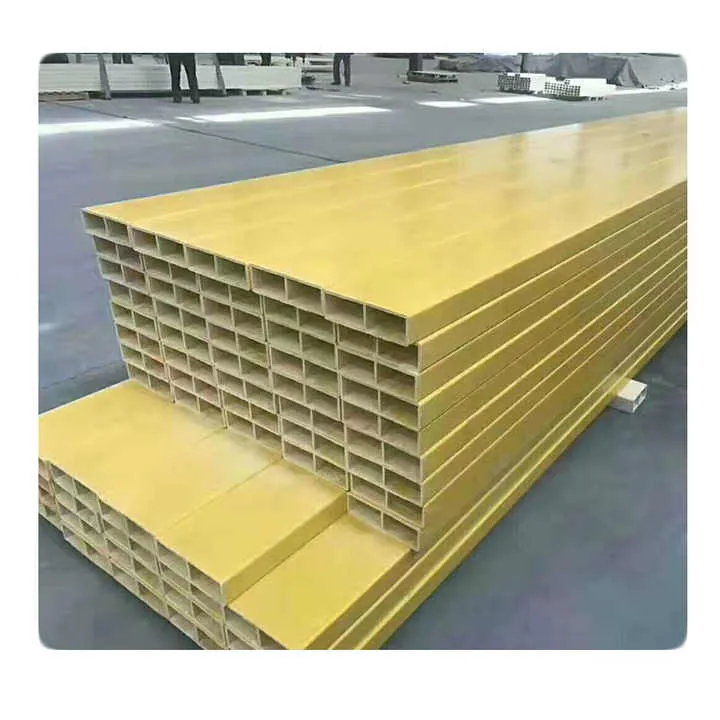Will Stainless Steel React with Aluminum?

Combining stainless steel and aluminum may seem harmless, but the reaction between them can silently corrode structures over time.
Yes, stainless steel can react with aluminum through galvanic corrosion when moisture creates an electrical path between them.
This reaction doesn’t happen instantly. But once it begins, it’s hard to stop. Let’s explore how to prevent it with smart design and materials.
Why does contact between these metals cause corrosion?
At first glance, both metals seem tough and durable. But chemistry tells a different story.
Contact between stainless steel and aluminum causes corrosion because they have different electrochemical potentials, triggering a galvanic reaction in the presence of an electrolyte.

Galvanic corrosion occurs when two dissimilar metals touch and are connected by an electrolyte, such as water. In this pair, aluminum becomes the anode (it corrodes), and stainless steel acts as the cathode (it remains intact).
This is due to their positions in the galvanic series. The further apart two metals are on this chart, the more intense the reaction.
Galvanic Series Snapshot (in seawater)
| Metal | Position in Series | Corrosion Risk (when paired with stainless) |
|---|---|---|
| Magnesium | Very Anodic | Very High |
| Aluminum | Anodic | High |
| Zinc | Less Anodic | Medium |
| Stainless Steel | Cathodic | None |
The electrolyte acts as a bridge. Without moisture, this circuit cannot complete. But once exposed to water—especially saltwater—the corrosion accelerates quickly.
Galvanic corrosion happens only when two metals touch and moisture is present.True
Both electrical contact and an electrolyte are necessary for galvanic corrosion to occur.
Aluminum will corrode stainless steel if left in contact outdoors.False
Aluminum is the anode in the pair; it corrodes, while stainless steel remains protected.
Can dissimilar metals touch in outdoor settings?
It’s tempting to just join them and forget. But that often leads to expensive damage later.
Yes, dissimilar metals can touch in outdoor environments, but only if properly insulated or coated to prevent galvanic corrosion.

Outdoor conditions are perfect for galvanic corrosion: rain, dew, condensation, and pollution. Even humidity can create a light electrolyte layer.
Still, many outdoor designs do use aluminum and stainless steel together. The key is to prevent direct contact and interrupt the electrical path.
Outdoor Protection Methods
| Strategy | How It Helps |
|---|---|
| Plastic or rubber spacers | Breaks the electrical circuit |
| Dielectric coatings | Stops electron flow |
| Drainage holes | Prevents water accumulation |
| Strategic design | Minimizes contact areas |
Also, avoid trapping moisture in joints. Use sloped surfaces, ventilation, or seals that dry quickly. When metal must be exposed, add a sacrificial coating or regular inspection schedule.
Aluminum and stainless steel can be joined outdoors if insulation materials are used.True
Insulation materials prevent the electrical connection that causes galvanic corrosion.
Outdoor humidity is not enough to start corrosion between dissimilar metals.False
Even light moisture can act as an electrolyte, especially in polluted or salty air.
What role does moisture play in their reaction?
Moisture might seem harmless, but for mixed-metal joints, it plays a major role in destruction.
Moisture acts as the electrolyte in galvanic corrosion, enabling the flow of electrons between aluminum and stainless steel.

Pure water is a weak conductor. But in the real world, water often contains salts, dust, acids, or industrial pollutants. These increase its conductivity, making it a powerful electrolyte.
Without moisture, aluminum and stainless steel can touch with little to no problem. But the moment water enters—even just as condensation—an electrochemical reaction begins.
Sources of Moisture That Trigger Galvanic Corrosion
| Source | Common in These Settings |
|---|---|
| Rain or snow | Outdoor furniture, construction, fencing |
| Condensation | HVAC, refrigeration units |
| Salt spray | Coastal buildings, boats, marinas |
| Industrial fog | Factories, chemical zones |
If moisture is unavoidable, you must interrupt the circuit. This means coatings, insulating washers, or isolating materials.
Without moisture, galvanic corrosion cannot occur even if metals are touching.True
An electrolyte is required to complete the circuit for corrosion to happen.
Any kind of water, even distilled, will immediately trigger galvanic corrosion.False
Pure distilled water has very low conductivity and is not enough to cause rapid corrosion.
How to design structures to avoid metal reactions?
Poor design leads to fast failure. But smart layouts can let aluminum and stainless steel coexist safely.
To avoid metal reactions, design structures so that dissimilar metals don’t touch, stay dry, or are separated with non-conductive materials.

Start by understanding your environment. Is it humid, coastal, or exposed to chemicals? If so, design with drainage and ventilation in mind.
Next, select compatible fasteners and joinery. Or insulate them fully. Also, minimize the exposed surface area of aluminum compared to stainless steel—this reduces the corrosion rate.
Design Tips to Avoid Galvanic Reactions
| Design Feature | Benefit |
|---|---|
| Sloped surfaces | Prevents standing water |
| Sealed joints | Stops water ingress |
| Coated fasteners | Adds extra protection |
| Nylon washers and bushings | Physically separate metals |
| Scheduled inspections | Catch issues early before corrosion spreads |
Don’t forget the coating! A simple paint layer, if well-applied, can double the lifespan of a mixed-metal structure.
Designing with sloped surfaces and proper drainage reduces the risk of galvanic corrosion.True
Keeping moisture away prevents the electrolyte from forming, halting the reaction.
Using larger aluminum surfaces next to small stainless steel parts reduces corrosion risk.False
Larger anodic areas with small cathodic areas worsen corrosion by focusing current on the aluminum.
Conclusion
Stainless steel and aluminum can react when joined, especially outdoors. But this corrosion can be avoided by breaking the electrical path, adding coatings, and using smart design. With planning, you can safely use both metals in one structure.



